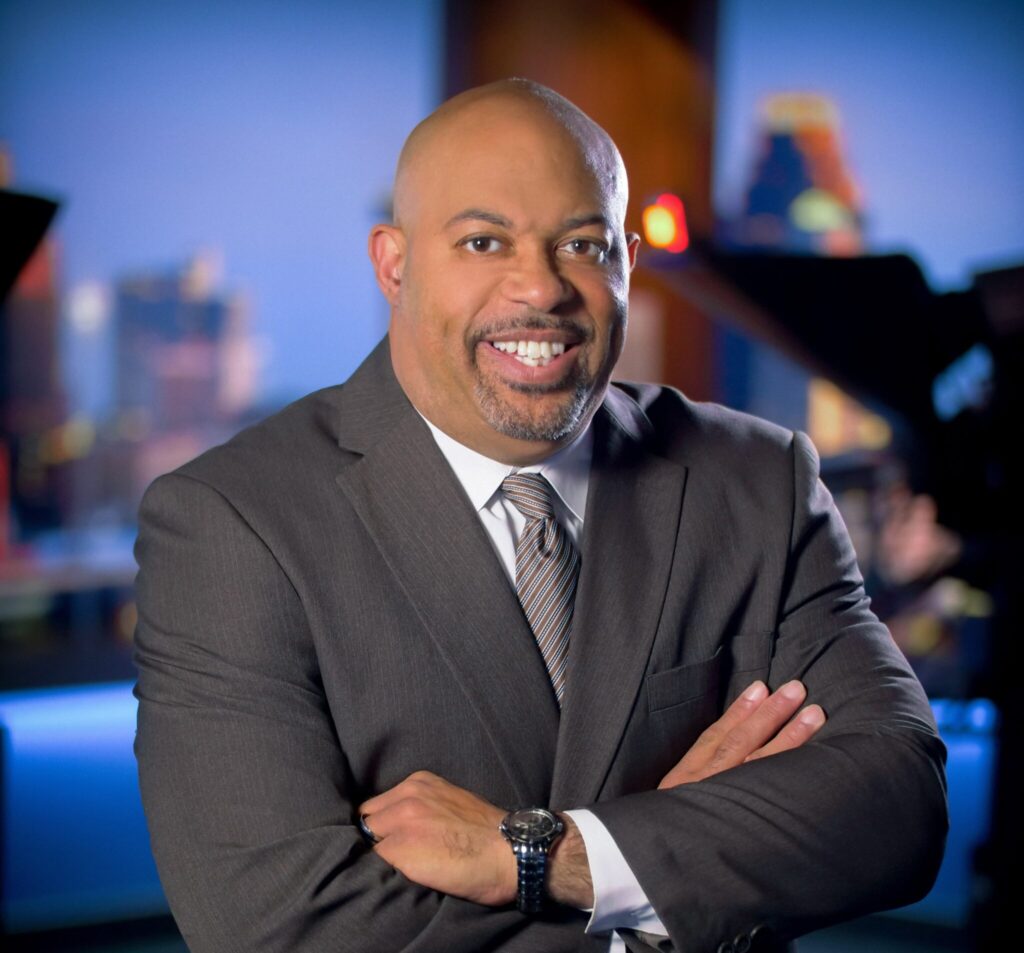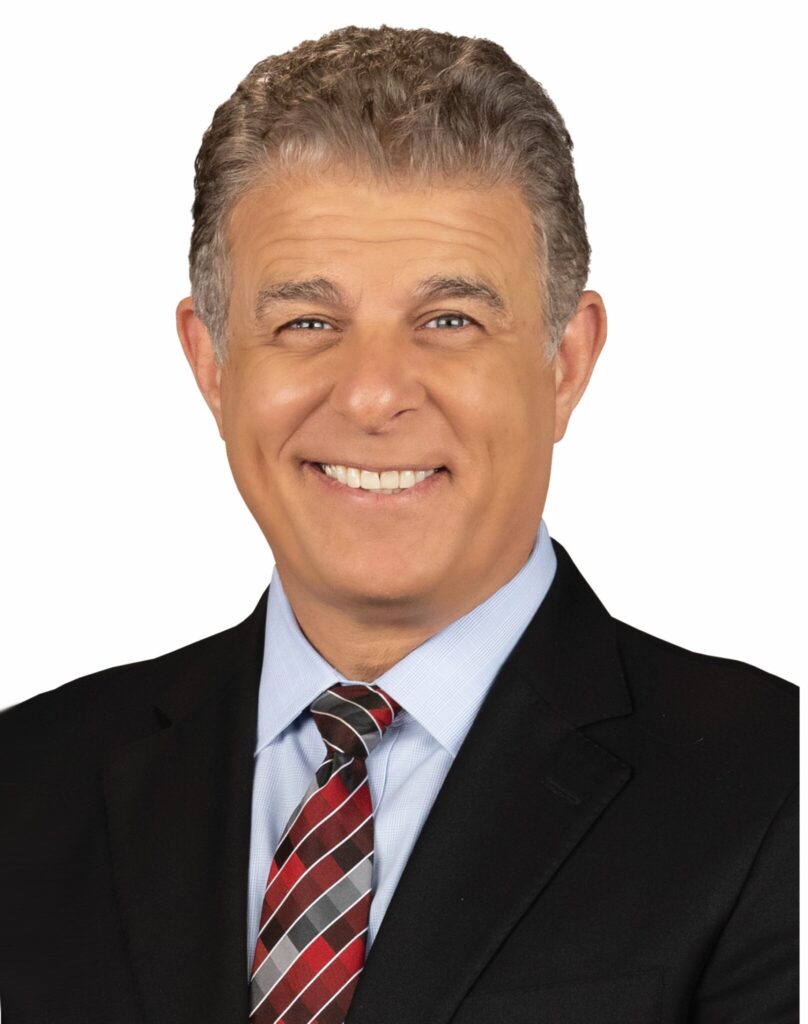 Fifty years ago, Bert Shipp was assistant news director at Dallas ABC affiliate WFAA. He assigned himself to cover President John F. Kennedy's scheduled luncheon speech. Instead he found himself at the center of the biggest story of his career and one that filled the air of his and the other stations in town with four days of nonstop coverage. He talks about what that day meant to him and to the still-young medium of television news.
Fifty years ago, Bert Shipp was assistant news director at Dallas ABC affiliate WFAA. He assigned himself to cover President John F. Kennedy's scheduled luncheon speech. Instead he found himself at the center of the biggest story of his career and one that filled the air of his and the other stations in town with four days of nonstop coverage. He talks about what that day meant to him and to the still-young medium of television news.
WFAA’s Bert Shipp Remembers Nov. 22, 1963
As the WFAA Dallas assistant news director, Bert Shipp kept for himself what he considered the plum assignment of John F. Kennedy’s trip to Dallas 50 years ago this month — covering the president’s lunch-time speech at the Trade Mart.
Somebody else would have to deal with the other appearances and general chaos that comes with a presidential visit. His goal “was to get in and get out,” said Shipp in an interview over the weekend.
We all now know that it ultimately didn’t matter what Shipp planned to do that day — Nov. 22, 1963. Kennedy never made it to the luncheon.
And of course Shipp didn’t “get out.” Like every other reporter in town, he plunged into what would become one of the biggest stories of his generation and one that would elevate the value and status of TV news.
The assassination put local broadcasters in Dallas-Fort Worth — WFAA, then and now the ABC affiliate; KRLD, the CBS affiliate at the time; and NBC affiliate WBAP (now NBC O&O KXAS) — into the national spotlight, establishing affiliates’ pivotal role in covering major events.
WFAA launched into four days of nonstop news following the assassination, setting a precedent for the kind of wall-to-wall coverage we get today when breaking news necessitates it.
“Kennedy’s assassination was a momentous event, totally unscripted,” Shipp later wrote in Details at 10, his book about Texas TV. “Events controlled us in our whole operation. But we felt we did rise to the job. During this national crisis, hour after hour, day after day, Channel 8 provided live coverage and became the darling of ABC network news.”
Ten days from now, on Nov. 22, WFAA will rebroadcast some of TV’s defining moments in local TV news when it airs two hours of raw footage of the station’s assassination coverage — unedited and commercial free — some of it shot by Shipp.
The rebroadcast will follow the station’s live coverage of the city’s hour-long commemorative ceremony, scheduled for 11:45 a.m. at Dealey Plaza.
WFAA’s day of programming will cap off a year of special reports exploring the assassination, and the way it impacted the half-century since. Last week, the 50 Novembers stories included an interview with Shipp.
That interview was conducted by Brett Shipp, who followed in his dad’s footsteps and is today an investigative reporters at WFAA. In taking the lead in covering Kennedy’s death, Dallas broadcasters proved local TV’s value, he says.
“The whole nation was watching coverage from Dallas with local reporters doing the best job they can to tell a horrific story,” Brett says.
“It brought an awareness to everybody in the industry of the importance of the ability of broadcast news, television news, to bring events into people’s living rooms on such a major scale,” he says. “Like when Ruby shot Oswald, everyone was watching that live across the country because of the local coverage that was provided.”
At 84, Shipp is losing his voice, making it tougher for him to tell his stories. But he is still a news junkie, spending much of his time “watching, reading and listening to news in whatever form he can get it,” including police scanners, Brett says. He published Details at 10 two years ago.
His actions on the day of the assassination were triggered by journalistic instinct, the kind that kicks into high gear when big news breaks.
Outside the Trade Mart, the elder Shipp says, he knew “somebody got hit” the moment he saw blood on the president’s car as it sped passed him and the Dallas detective he was with.
In an instant, Shipp was in the passenger seat of the detective’s car, shooting footage from the window during the mile-long trip to Parkland Hospital, where the motorcade was heading.
Shipp kept the camera rolling once they arrived at the hospital emergency room, where he captured pictures of people “walking around with faces like the living dead.”
By that time, Shipp had learned that it was indeed Kennedy who had been shot, and he continued to film Texas dignitaries like Sen. Ralph Yarborough and Rep. Jim Wright, with whom he waited for word on the president’s condition.
“They wouldn’t say he was dead. They wouldn’t say he was alive,” Shipp says.
So Shipp started working his sources, including Dallas County Sheriff Bill Decker, who was in the lead car of Kennedy’s motorcade. Decker couldn’t give Shipp a definitive answer on the president’s condition, saying only that he was wounded and “couldn’t live in the state he was in.”
For Shipp, though, that was a strong enough indicator of JFK’s grave condition that it warranted reporting. “You don’t have a story if you can’t get it to the audience,” he says.
Shipp raced UPI reporter Merriman Smith to a hospital payphone. Smith grabbed the phone first, and, according to Shipp, threatened to hit Shipp with it if he interfered with him calling his news desk.
A few moments later, Shipp used a hospital desk phone to get through to WFAA-AM, over which he first reported Kennedy’s grave condition.
Without a car of his own, and with 100 feet of film to process, Shipp flagged down a stranger, telling him “you got to get me back to Channel 8,” Brett says, picking up the story. “And then he told the guy, just some old man, that he wasn’t going fast enough, so my dad reached over with his foot and pumped the gas and said, ‘We got to go.’ ”
Shipp’s arrival at the station was caught on-air, a broadcast that shows him breathlessly walking into the newsroom, camera in hand. A colleague interviewed him live on-air.
Shipp, however, didn’t say what he strongly suspected: that Kennedy was dead. Nobody reported that until Malcolm Kilduff, the assistant White House press secretary, announced it at about 1:36 p.m., slightly more than an hour after the president had been shot.
“Even back then, when reporters were pioneering live television in real time, he still managed to uphold a key ethic of reporting and that is that you don’t go with what you don’t know,” Brett says.
Later that day, Abraham Zapruder, who captured the president’s assassination with an 8 mm home movie camera, had told the Secret Service about the film and came into WFAA, hoping that the station could develop the film. But WFAA didn’t have the necessary equipment, so Shipp says he directed him to an Eastman Kodak film processing plant.
WFAA never got the film — considered the most complete recording of the assassination — back. The following morning, Life magazine bought the rights to it for $150,000.
Bert Shipp worked at WFAA for another 40-plus years after the Kennedy shooting. He became the station’s news director and then assignment editor, the position he held when he retired in 2004.
Last Saturday, Shipp was formally inducted into the Lone Star Emmy Silver Circle, an honor recognizing lifetime achievement.
Brett says his father pushed the limits of the local broadcasting throughout his long career. He bluffed his way backstage to interview The Beatles in 1964 and traveled to Southeast Asia to cover Ross Perot’s mission to find servicemen left behind.
Much of which, Brett says, was made possible because local broadcasters rose to the occasion like never before in covering JFK’s final day 50 years ago.
“It was the day that television news grew up,” Brett says. “And Dallas during those days set the stage for what broadcast news is today.”
























Comments (0)